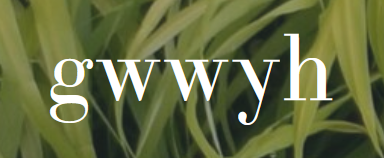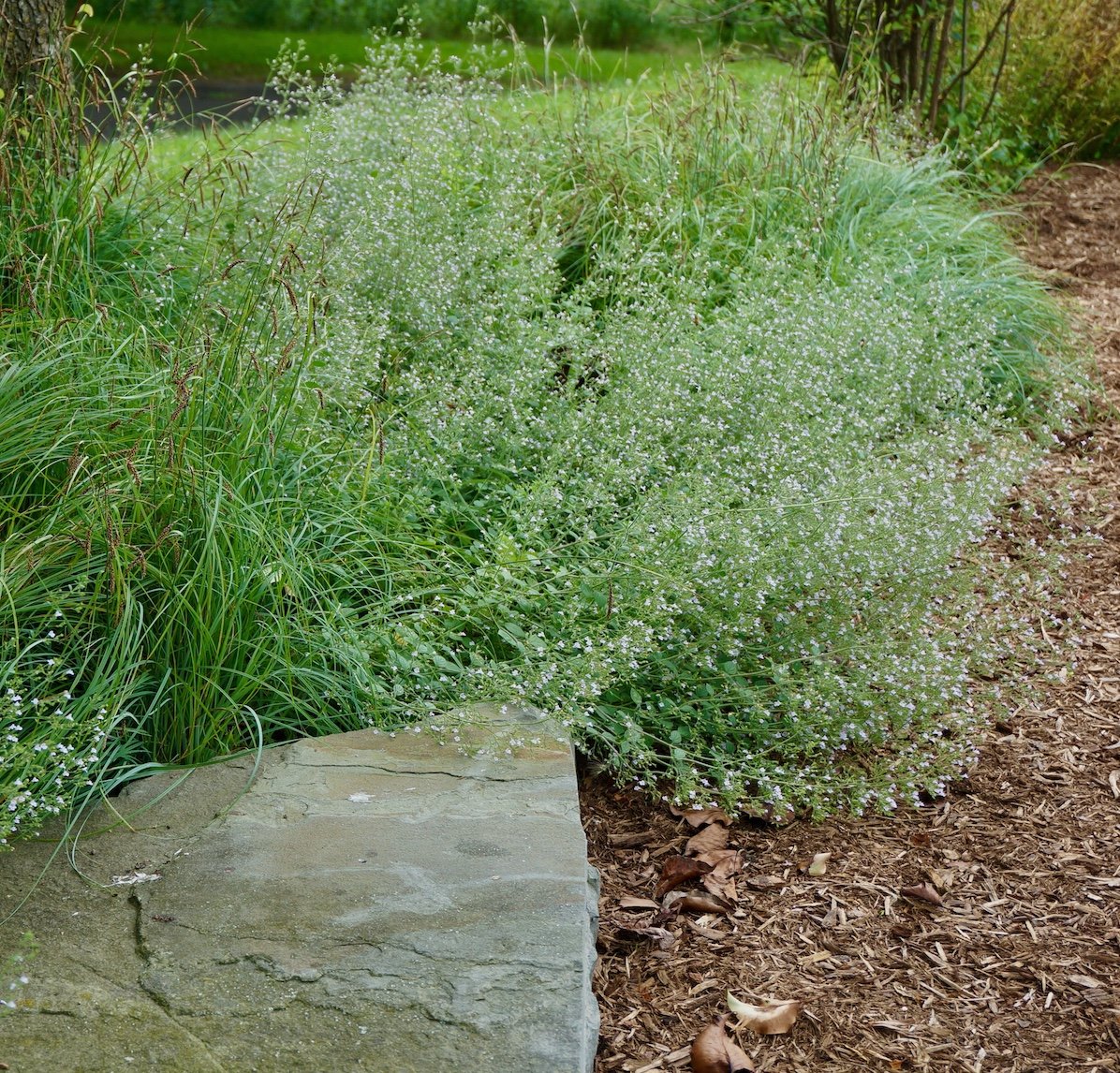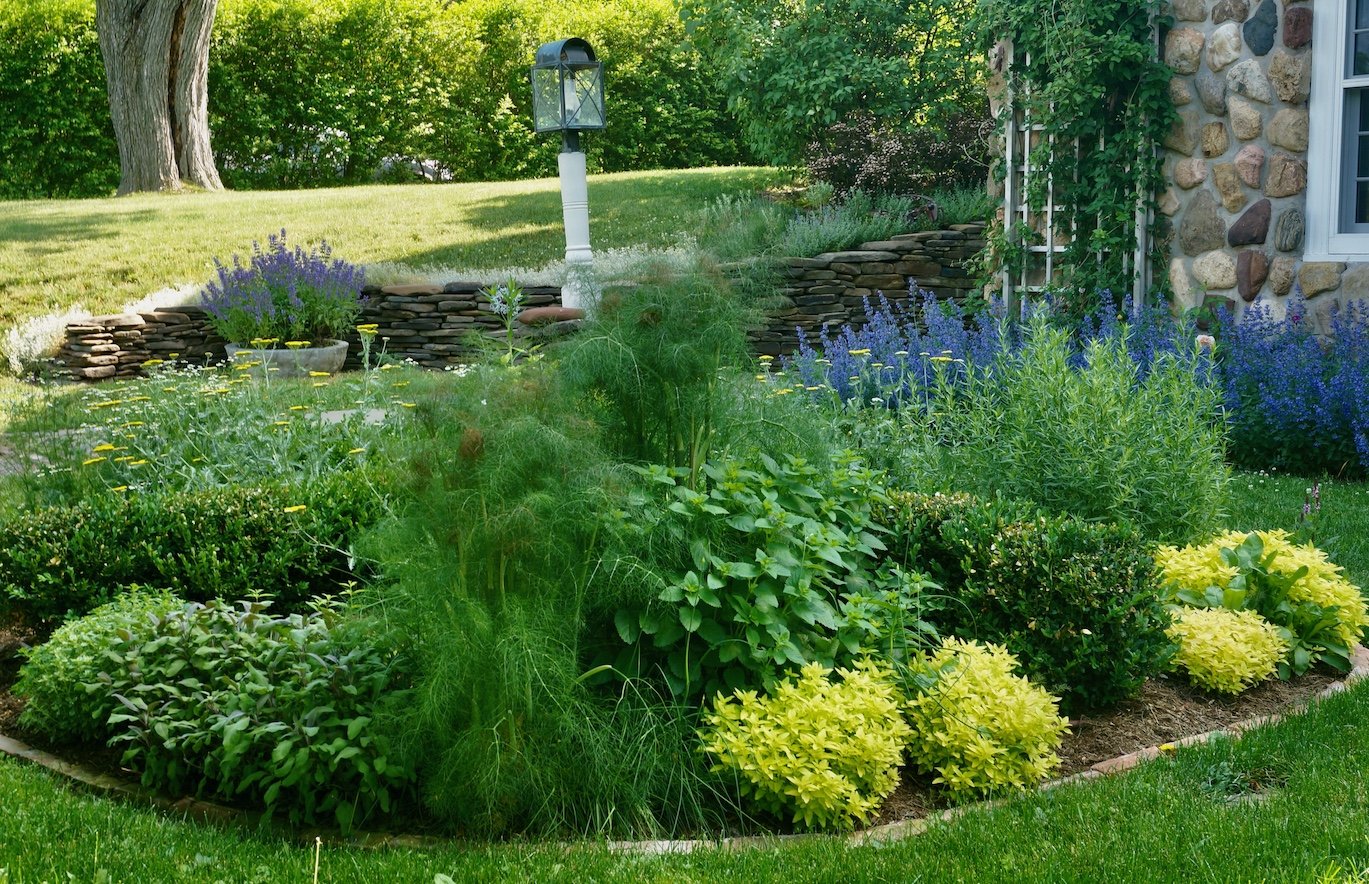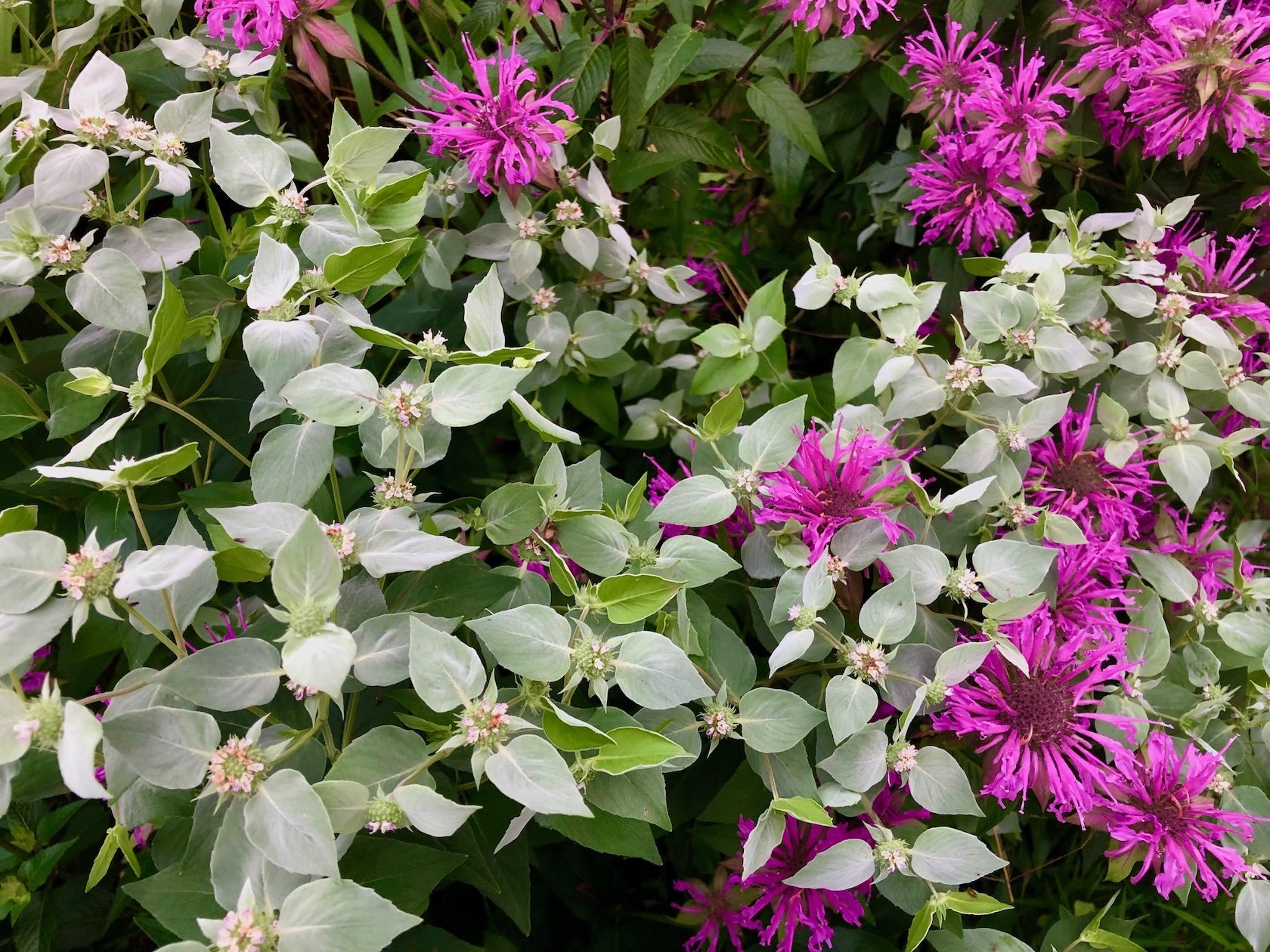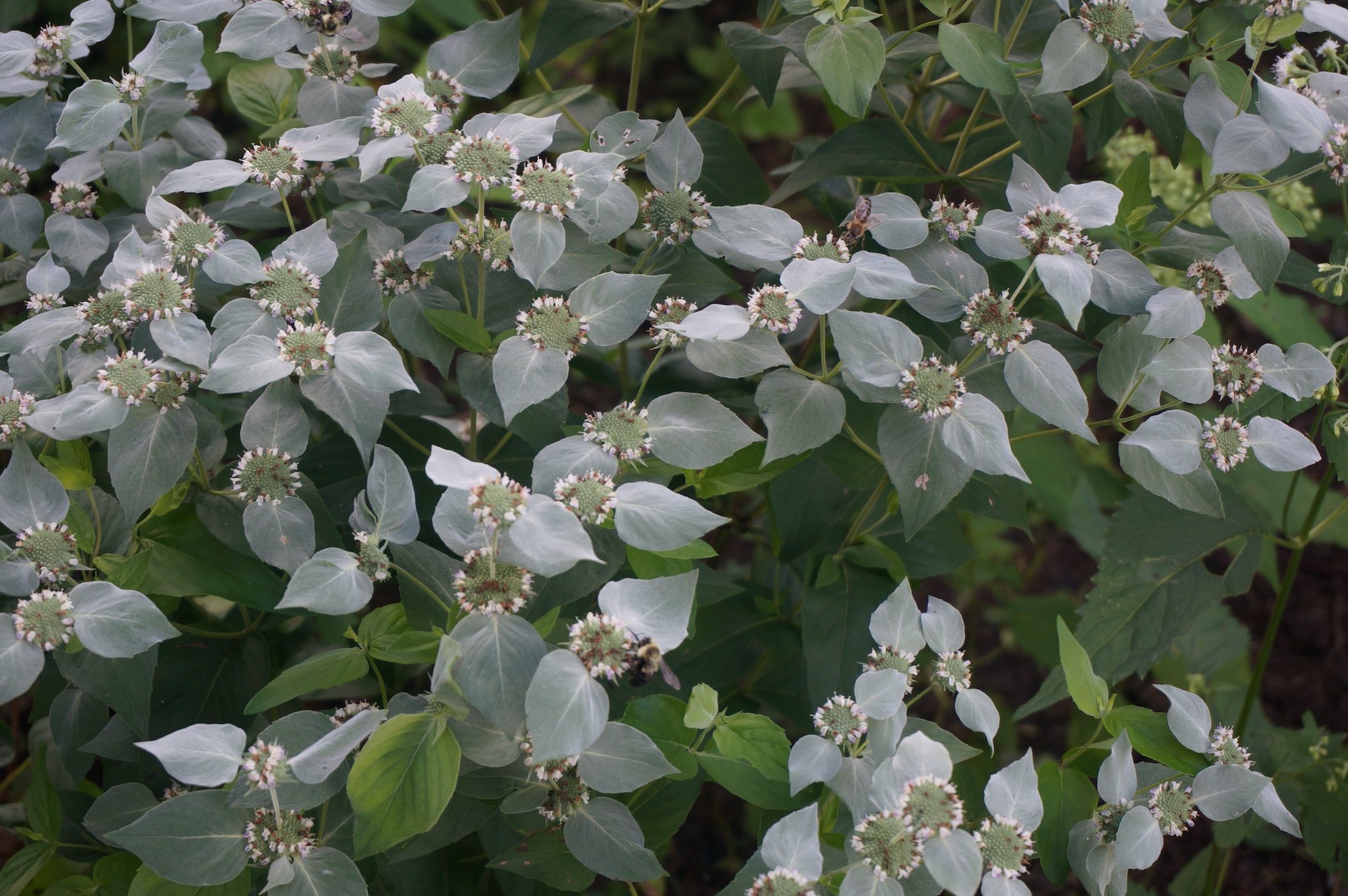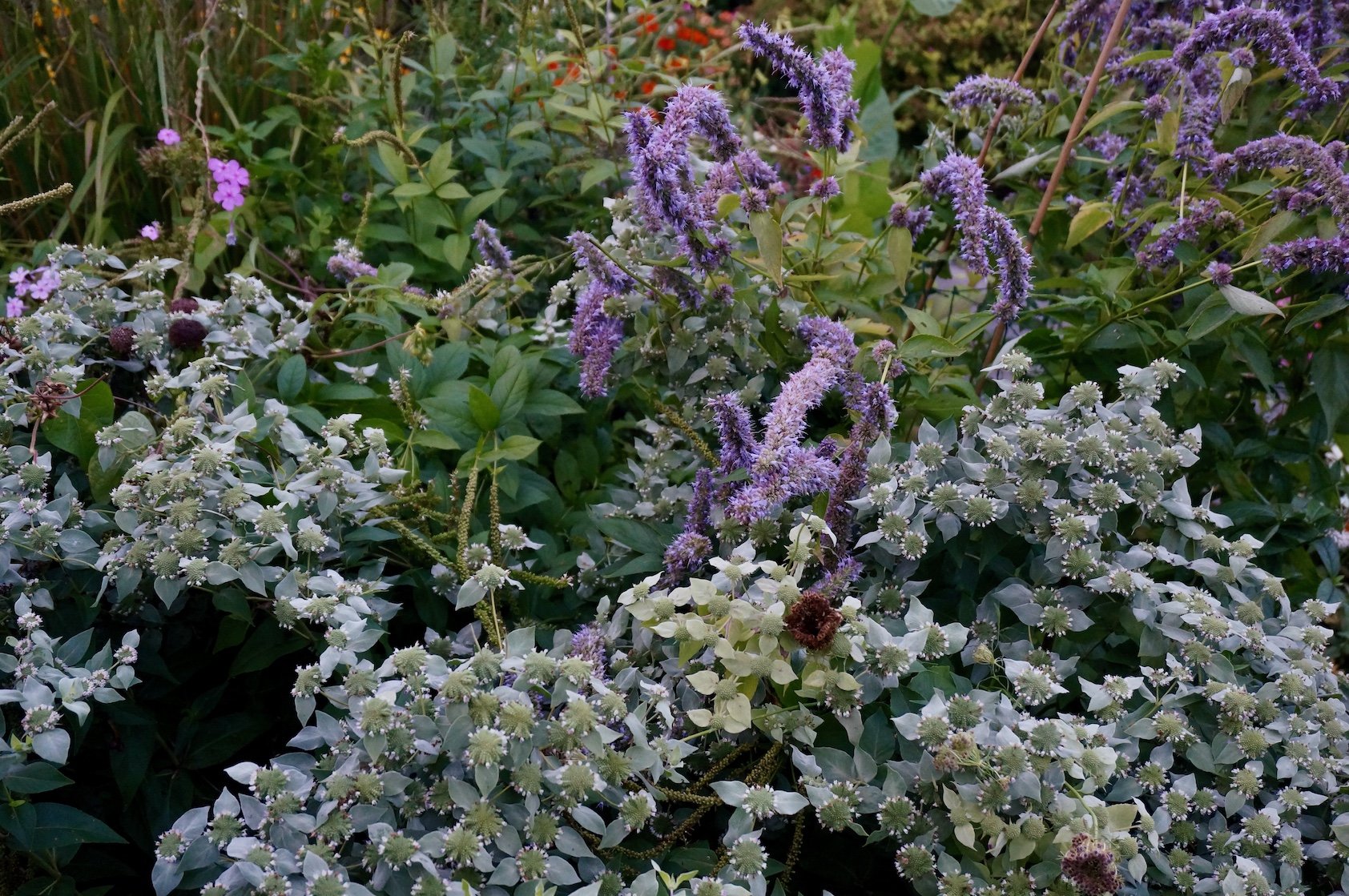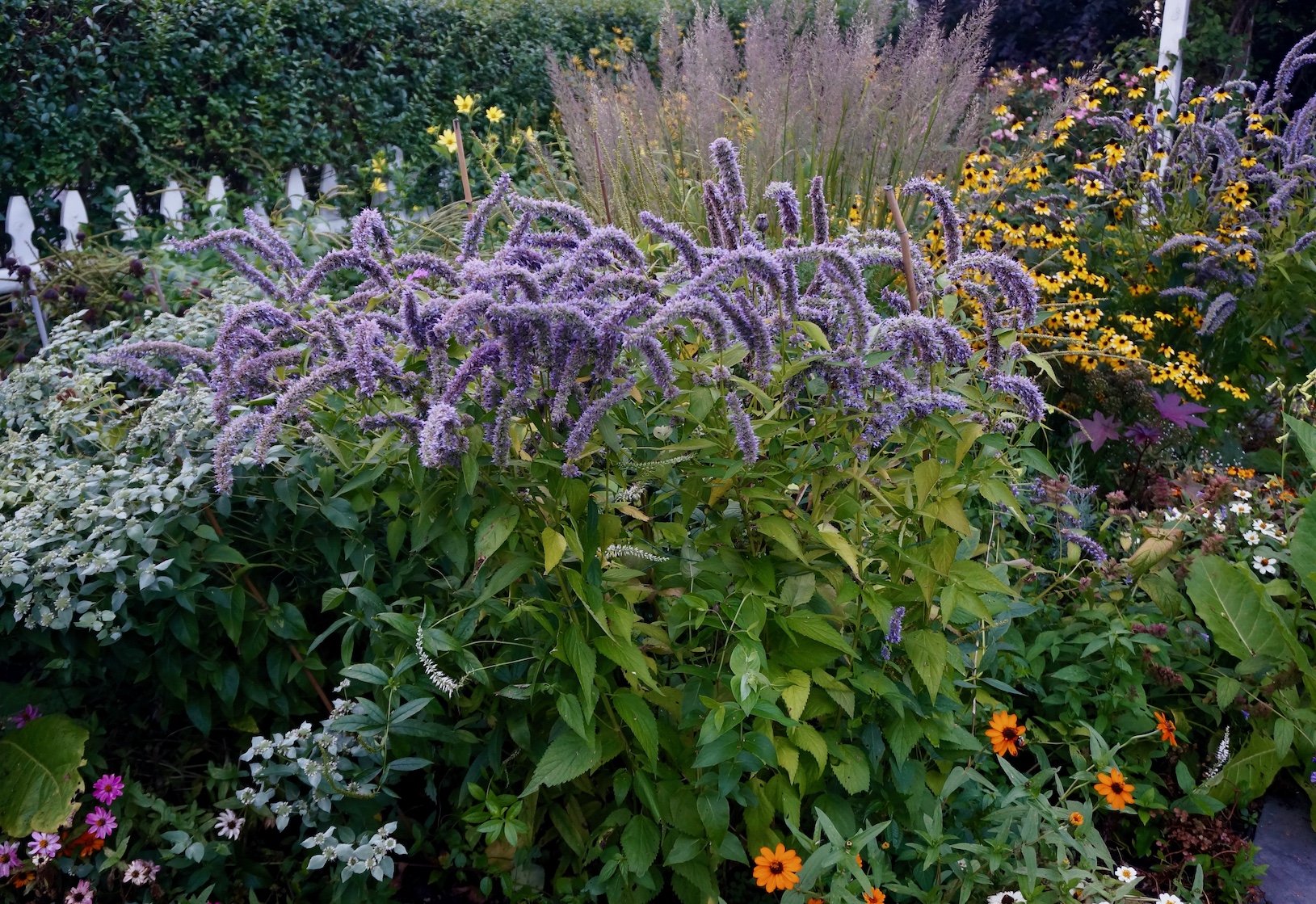Want to outsmart the deer? Plant mint - a gardeners best friend
If you’ve ever felt like your garden has become a buffet line for the deer, you’re not alone. In mine, I feel like I’m living with a bunch of hungry teenagers who eat everything in sight. The only recourse I see is to switch up the menu.
One of the best ways to deter deer is to grow plants with strong scents—especially those in the mint family. Deer can’t stand the smell, which makes mint one of a gardener’s best friends.
It’s true that some of them can be a little rambunctious. Don’t let that scare you off - not all mints are thugs, and with the right varieties (and a bit of planning), you can enjoy them without losing control of your garden. There are plenty of other choices in the mint family, too—many of which offer deer resistant beauty without the aggressive spreading habits.
Here are some of my favorites:
Border plants: 1-2 feet in height
Catmint (Nepeta) – Soft, gray-green foliage and purple-blue flowers make this perennial a standout. It’s drought-tolerant and low-maintenance. After it flowers, I cut it back hard for a second bloom. My only criticism is that most of them take up a lot of space. Varieties such as ‘Blue Wonder’, and ‘Six Hills Giant’ gobble up 2-3 feet of territory in no time - great if you have a big garden. Mine is small, so I prefer dwarf varietie that have a shorter, tidier presence; ‘Kit Kat’, ‘Little Titch’ and ‘Cat’s Meow.’
Calamintha nepetoides (Calamint) - It’s growth habit is similar to Nepeta, but a little less rambunctious. Grayish foliage and frothy white flowers entertain from July til October. It emits a pepperminty smell when you brush against it. It’s a terrific edging for any size garden. It prefers full sun and dryish soil, and it is easy to divide and care for.
Origanum vulgare (Oregano) - Oregano isn’t technically a mint, but it is a member of the mint family. Oreganos are useful in the kitchen, but some have ornamental value as well. This one - Golden Oregano (Origanum vulgare ‘Aureum’) plays a starring role in the garden below. It’s such a tidy little plant - stays in its own lane and doesn’t ask much in return for its goldeny goodness.
I can’t resist pairing it up with flowering perennials like Veronica ‘Pink Profusion.’ The deer will eat Veronicas but one of my strategies is to plant things they dislike between those they munch. Most of the time this works pretty well.
Middle size perennials: 2-3 feet
Salvia officianalis (Sage) - Both sage and mint are related to the Lamiaceae family, also known as the sage or mint family. There are so many varieties to choose from! Perennials salvias are a must have for any perennial garden. They’re tough and flower for a long time. I used to deadhead mine, but it’s too much work. When they start looking ratty, I cut them back to the base and they produce new growth from the bottom. I usually get a second round of flowers.
Salvia ‘Rockin Fuschia’ (featured below) has an outstanding color. Pair it up with Salvia ‘May Knight’ for a dynamic deer-proof combination.
Planting to deter deer has taught me a greater appreciation for foliage and texture. In the planting below, I utilized both by planting variegated and purple hued sages together. They flower as well, and pretty carefree - just give them full sun and well drained soil. I’ve noticed that the variegated varieties are not always as robust as the straight species. You may need to replace them periodically, but hey - at least it’s not because of the deer!
Perennials for the back border: 3-4 feet
Monarda (Bee Balm) - Full disclosure, the deer sometimes nibble on this one. I think it’s still a good bet because it bounces back quickly. Keep an eye on it though, most are aggressive growers, but they’re easy to pull up and divide. The one featured below is a native; Monarda fistulosa ‘Claire Grace’ and it grows a little more slowly (at least in my garden). Hummingbirds and bees feast on it in July.
Monarda didyma (Red Bee Balm) is a bit more aggressive, but still worth having if you have room. As you can see from this photo, it’s very attractive when paired up with ornamental grasses.
Pycnantheum muticum (Mountain Mint) - This gray leafed native perennial sports pale pink flowers that are rich in nectar. It’s a pollinator magnet that attracts a variety of bees, butterflies and wasps. The deer don’t like its minty smell, but I find it alluring. I’ll be honest, it is a pretty aggressive grower. The jury is still out on whether I’m going to keep it in my flower border because I see it’s fighting with the bee balm and overtaking other perennials. I do like the way it winds itself through the garden, but possibly it would be better suited to a wide open area where it could stand alone. That being said, I love it and won’t give it up.
Hyssop (Agastache foeniculum) - Agastache, aka Hummingbird Mint is a member of the Lamiaceae family - there are 22 species in the Genus. It’s one of the most entertaining perennials I’ve ever planted. Bees dive bomb it all summer long and it attracts a slew of hummingbirds and butterflies. The merits are many; looks good without deadheading, water needs are minimal and flourishes without much help.
I’ve learned to be content with a more limited plant palette. Experimenting with foliage and texture palettes is a continual learning experience. Honestly, I have to thank the deer—because of them, I’ve come up with some of my most creative and satisfying combinations.
